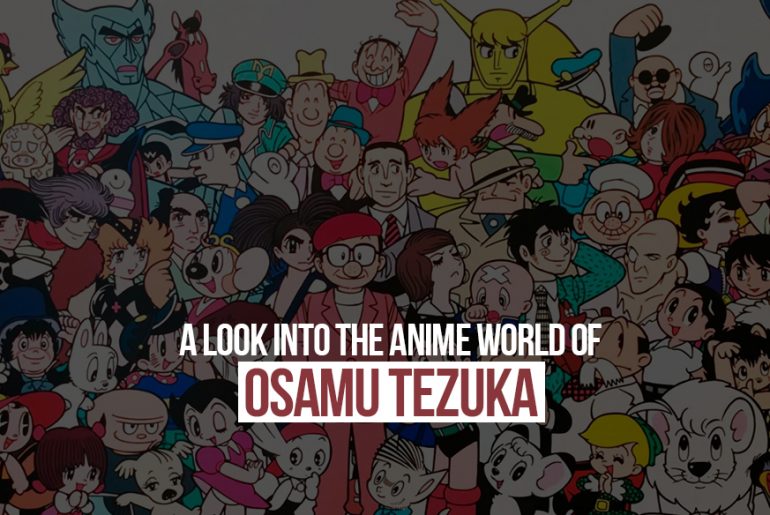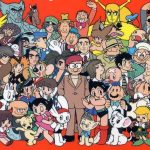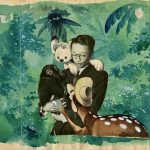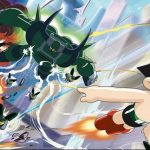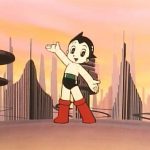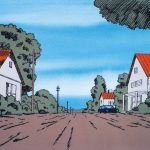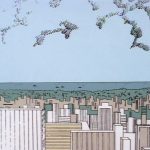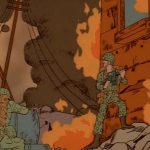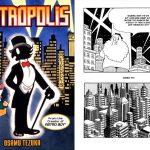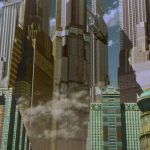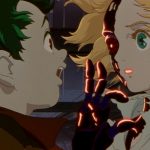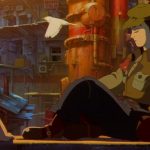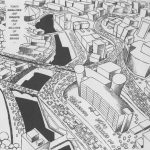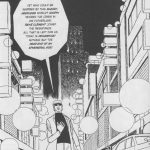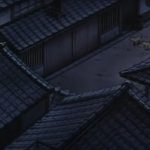You’ve probably heard of him or at least seen or read one of his works if you’re a manga or anime fan. If you recall, Disney’s Lion King was rumored to be a western version of a Japanese animation named Kimba the White Lion not too long ago. That is the work of Osamu Tezuka, the creator of manga and anime as we know them today. Osama Tezuka was born in Toyonaka, Japan, in 1928. He is a doctor, a Japanese cartoonist, a manga artist, and an animator. He was introduced to the 1942 Walt Disney Bambi at a young age, which influenced him greatly in developing pioneering techniques and innovative redefinitions of manga and animation genres, earning him titles such as “the God of Manga” for changing the narrative of what manga was used for before WWII.
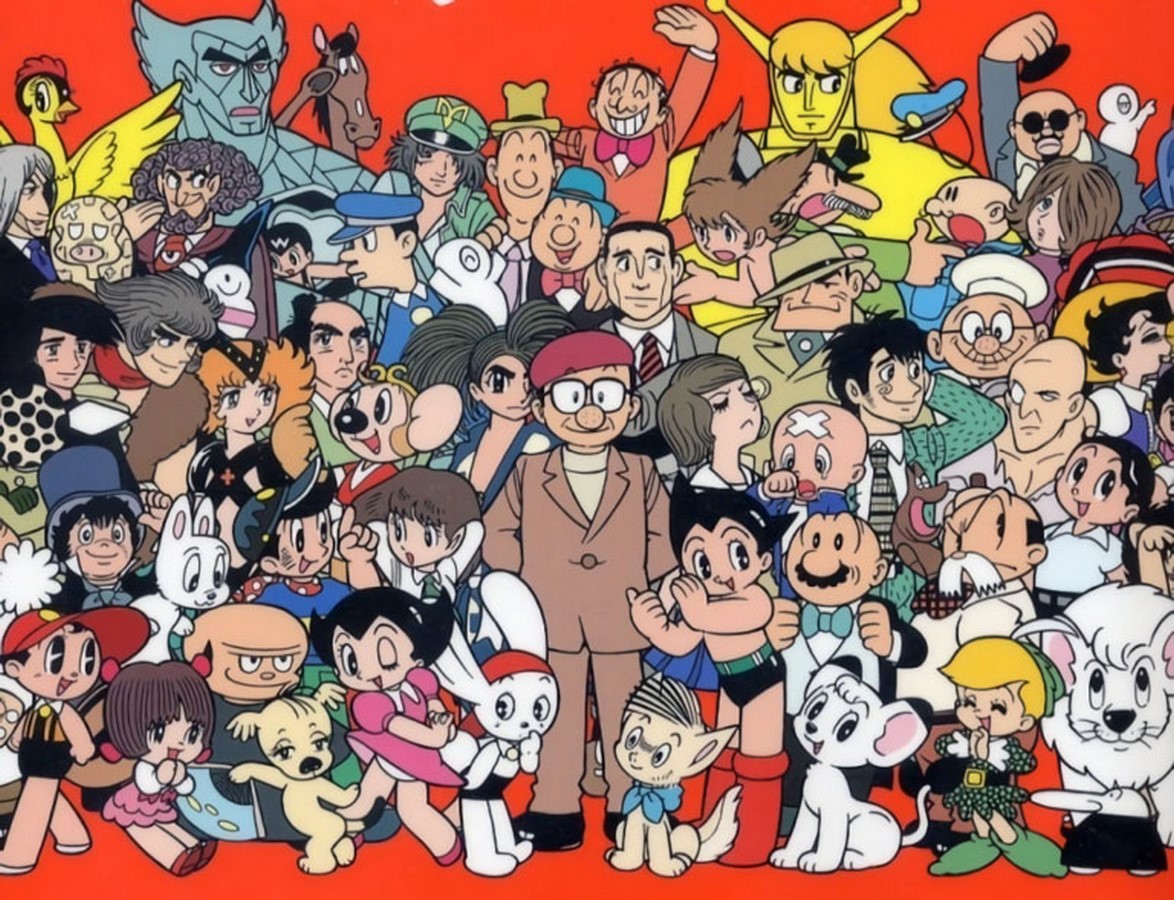
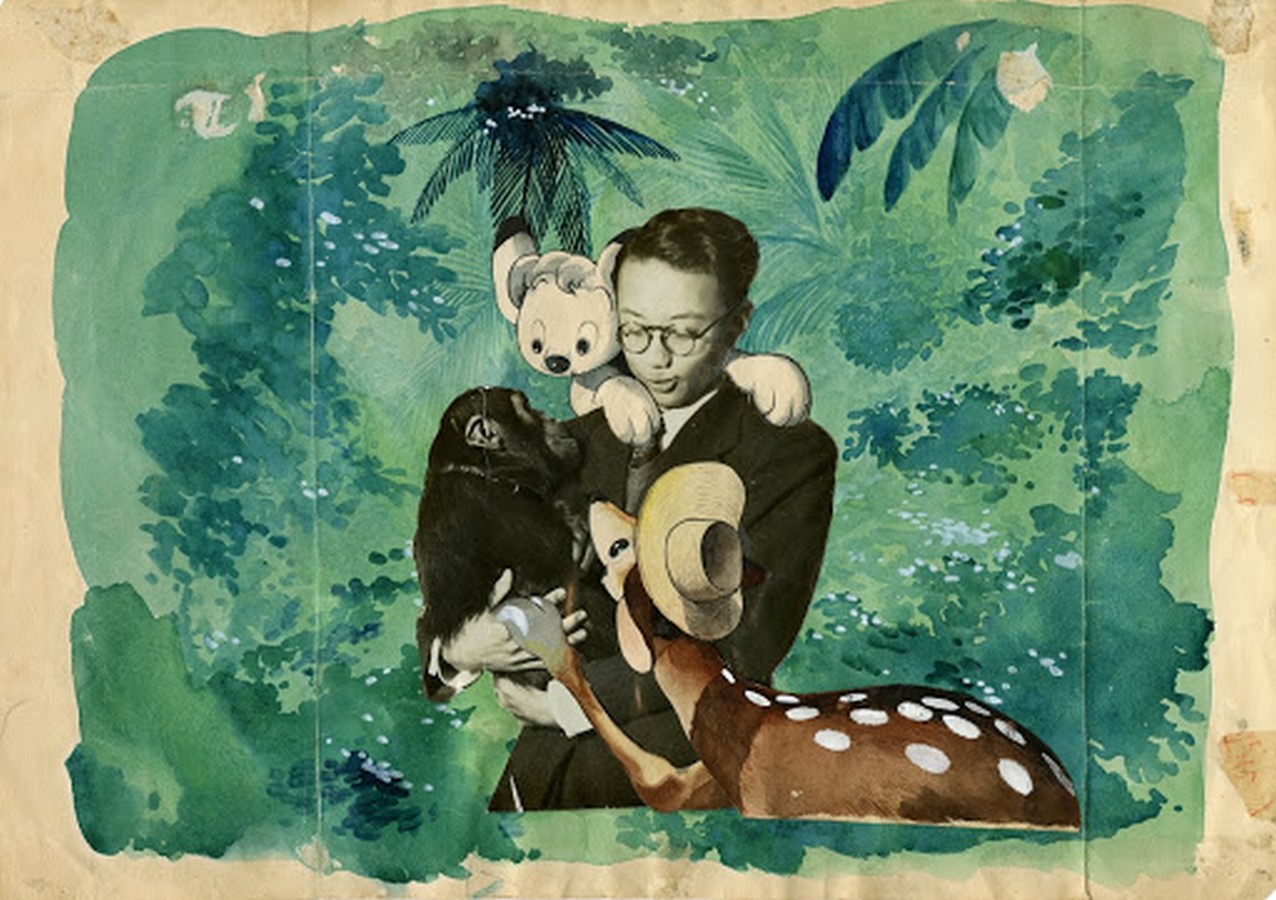
Architectural Standpoint | Osamu Tezuka
From an architectural standpoint, the majority of his narratives take place in either a traditional Japanese setting or a contemporary and futuristic one. In his lifetime, he has accomplished over 500 pieces, both locally and abroad, and has won various prizes. Following his works over the years, his narratives geographically alternate between lush green regions where all creatures dwell and survive, with people far away from the fast-growing industrialization and typical developed nations’ metropolitan areas. His view of the future was crystal clear, and that happened to be nature, people, robots, humanoid robots, advanced technology (flying vehicles), and so on, all coexisting someday.
He was probably conscious of his surroundings and tried to incorporate them into his work as much as possible. Before his professional career began in 1946, manga existed. Before World War II, the manga was produced in a different way than afterward, and both sent different messages to the audience. Tezuka’s art confronted the inflexible, well-established, and regulated Japanese society that had just lost everything in the war and was attempting to embrace the dawn of a new age, rebuild itself, and offer those who had lost everything a reason to move on through his work. By tapping into his own experience as a survivor, he effectively transformed the narrative.
Astro Boy’s Robot City
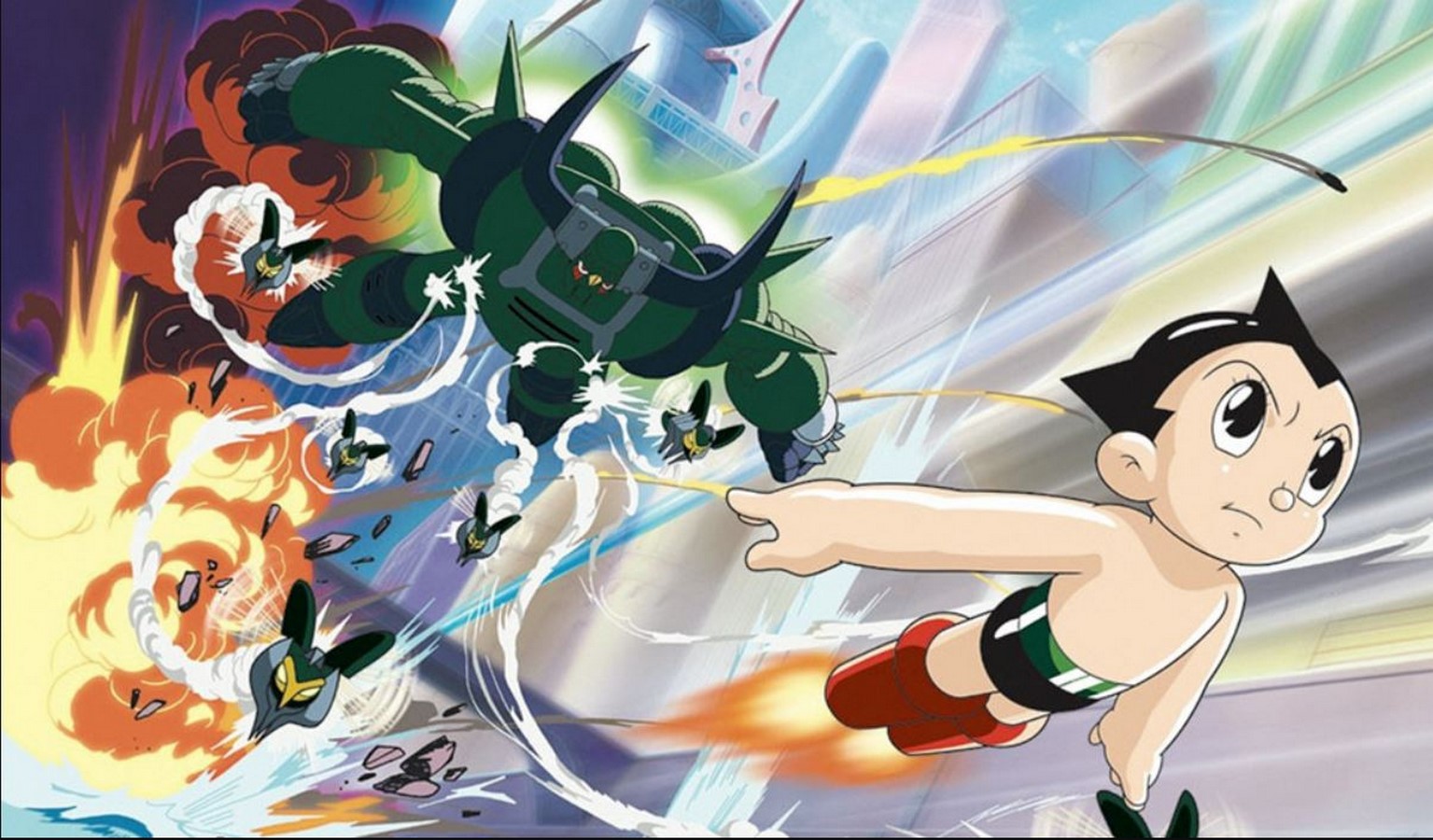
Tezuka’s most renowned work is Astro Boy, which relates the narrative of Umataro Tenma’s creation of an android with human feelings following his son’s death.
Astro Boy is the narrative of a hesitant superhero who fights for justice and peace for humans and robots alike in the futuristic Metro City, where bad forces have penetrated the robot world.
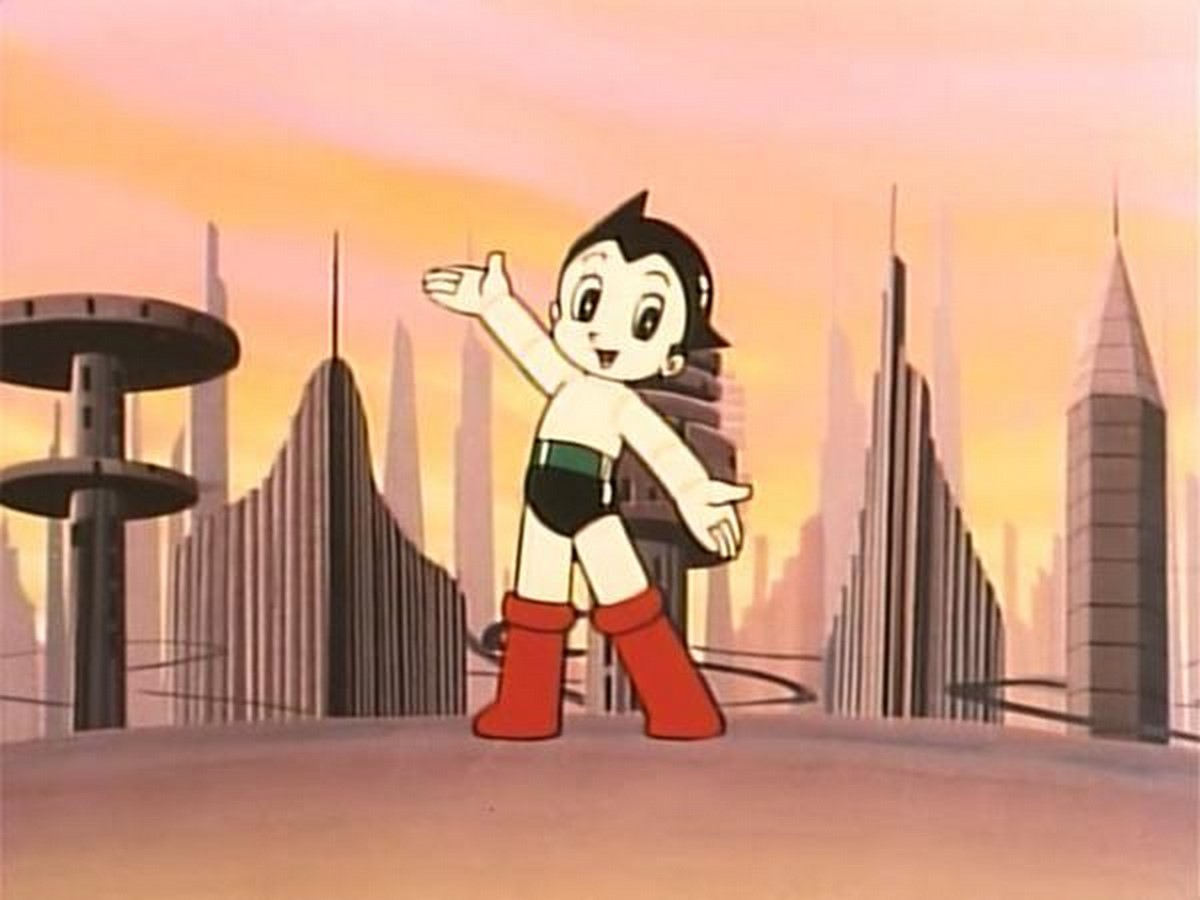
Jumping | Osamu Tezuka
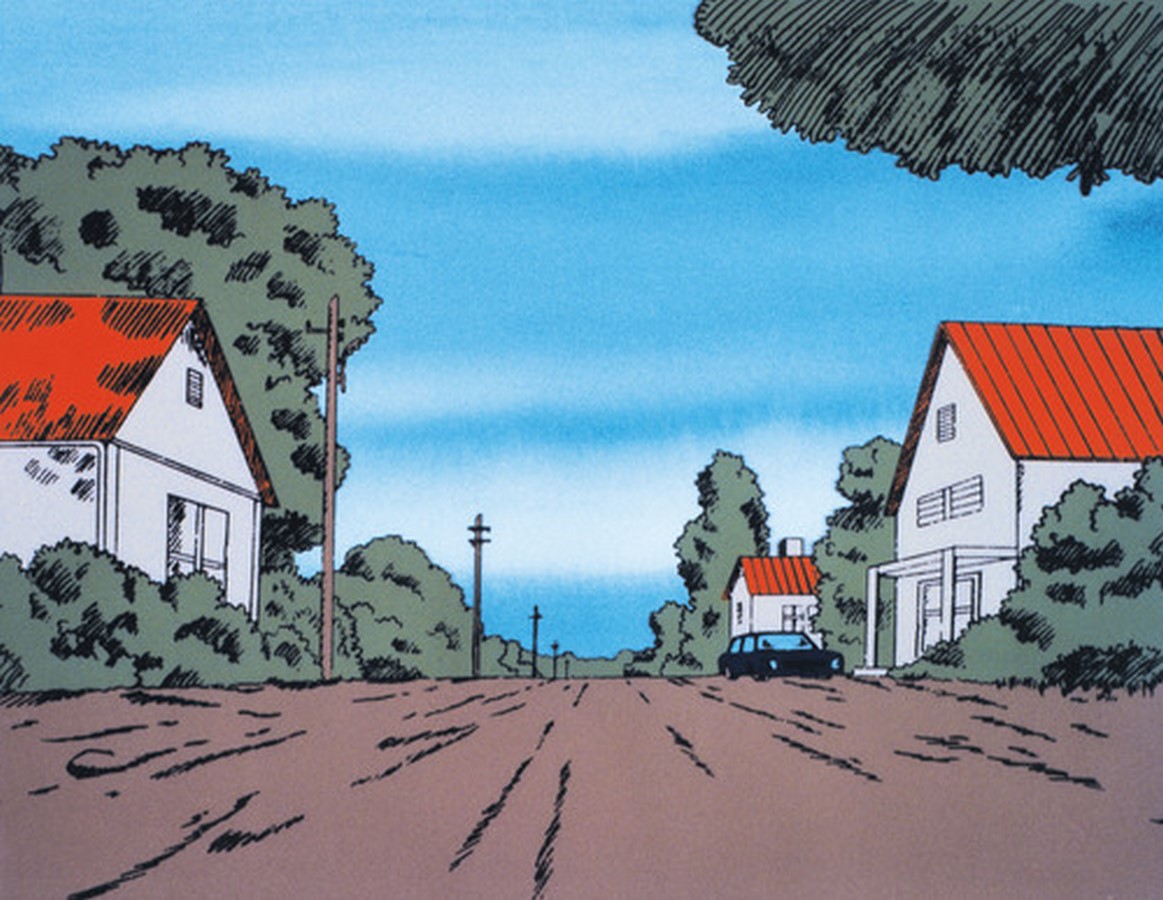
This experimental animation movie’s interpretation may alter from one person to the next depending on the viewers’ knowledge, experience, and viewpoint of things. At first glance, it appears to be merely a boy walking down the street, but as he progresses, his strides lengthen. He eventually jumps over towns, woods, and oceans, seeing a lot of things and shocking a lot of people. Technically, this represents the various forms of communities, such as rural, suburban, and urban, and how they are interconnected, as well as how they might all come to nothing during a conflict.
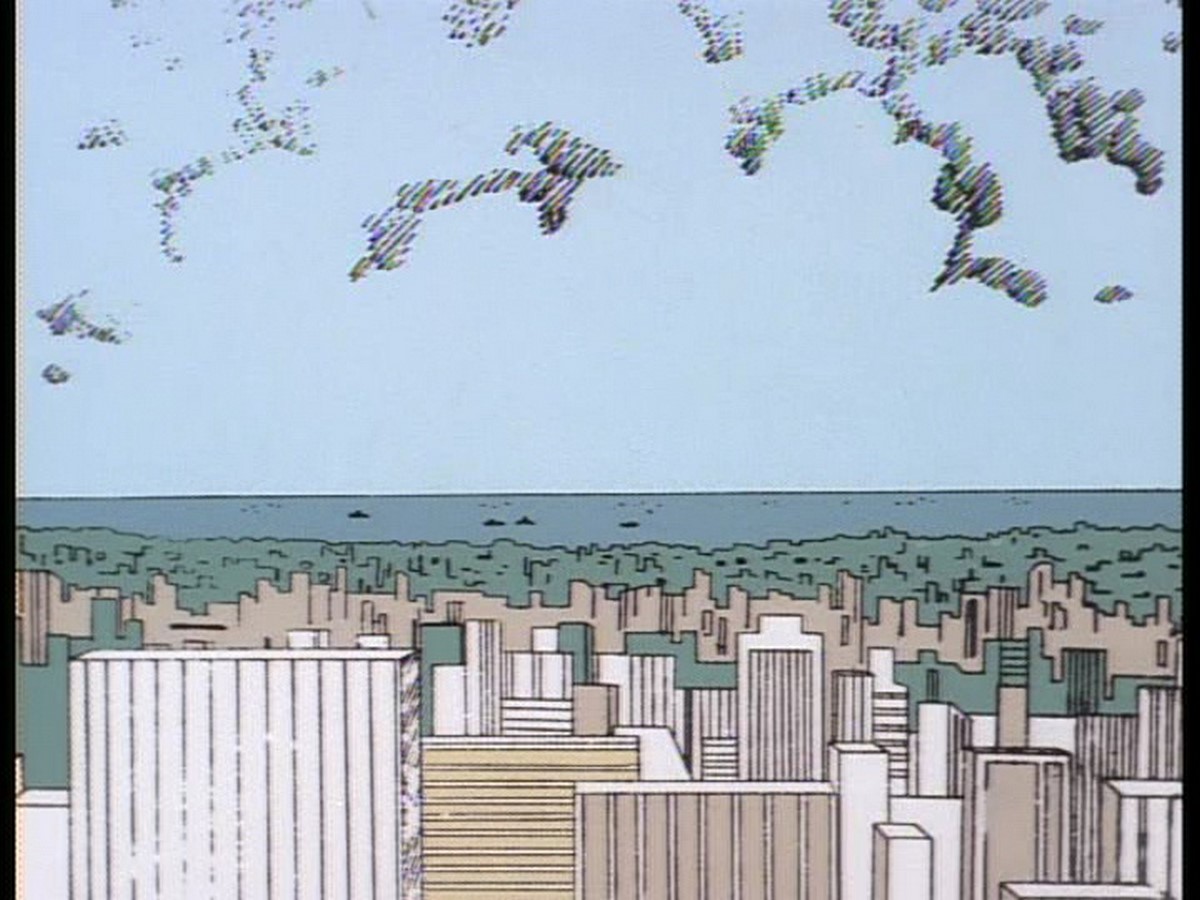
The audience is presented with numerous facts and repercussions of industrialization as the youngster jumps higher. A concrete jungle with high-rise structures erupting from every direction daily, with no designated area for flora, diminishing human connection, and so on.
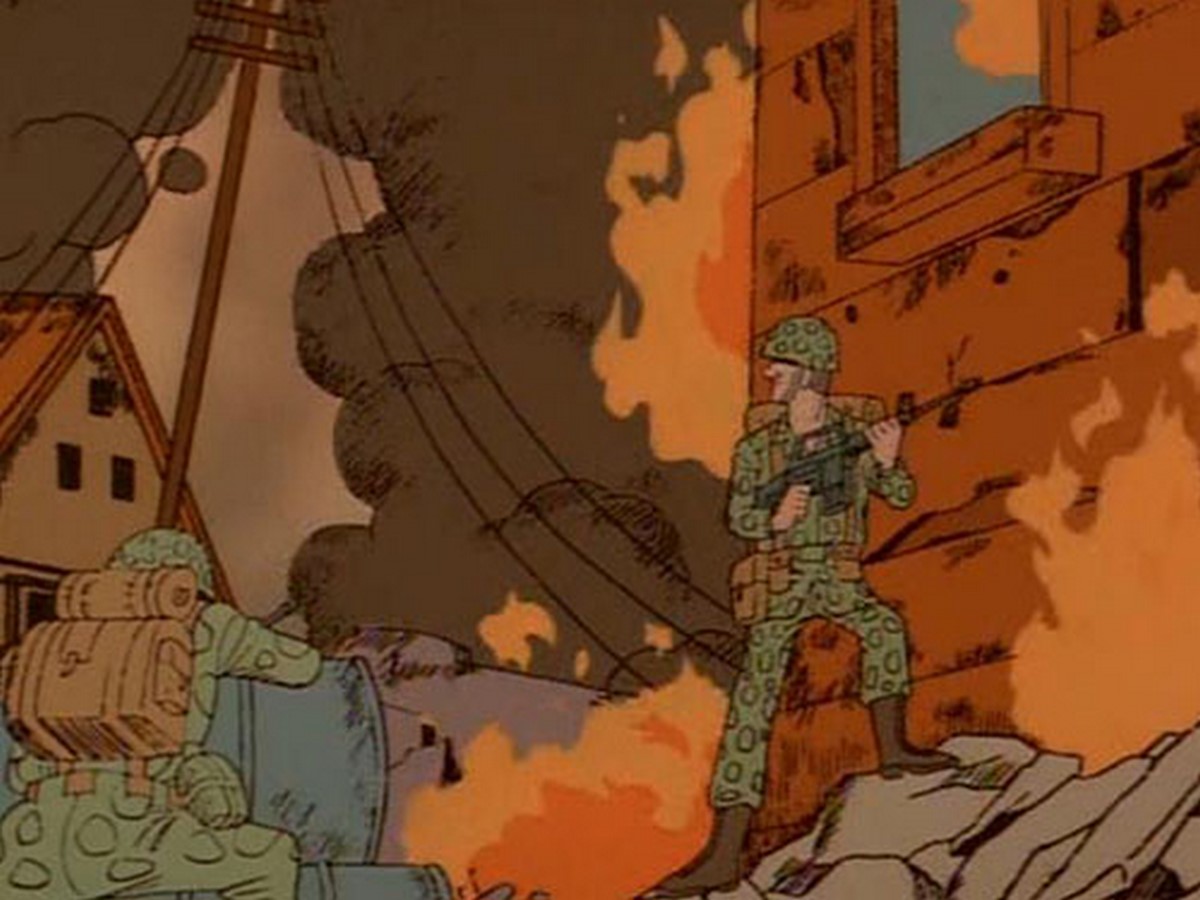
Metropolis
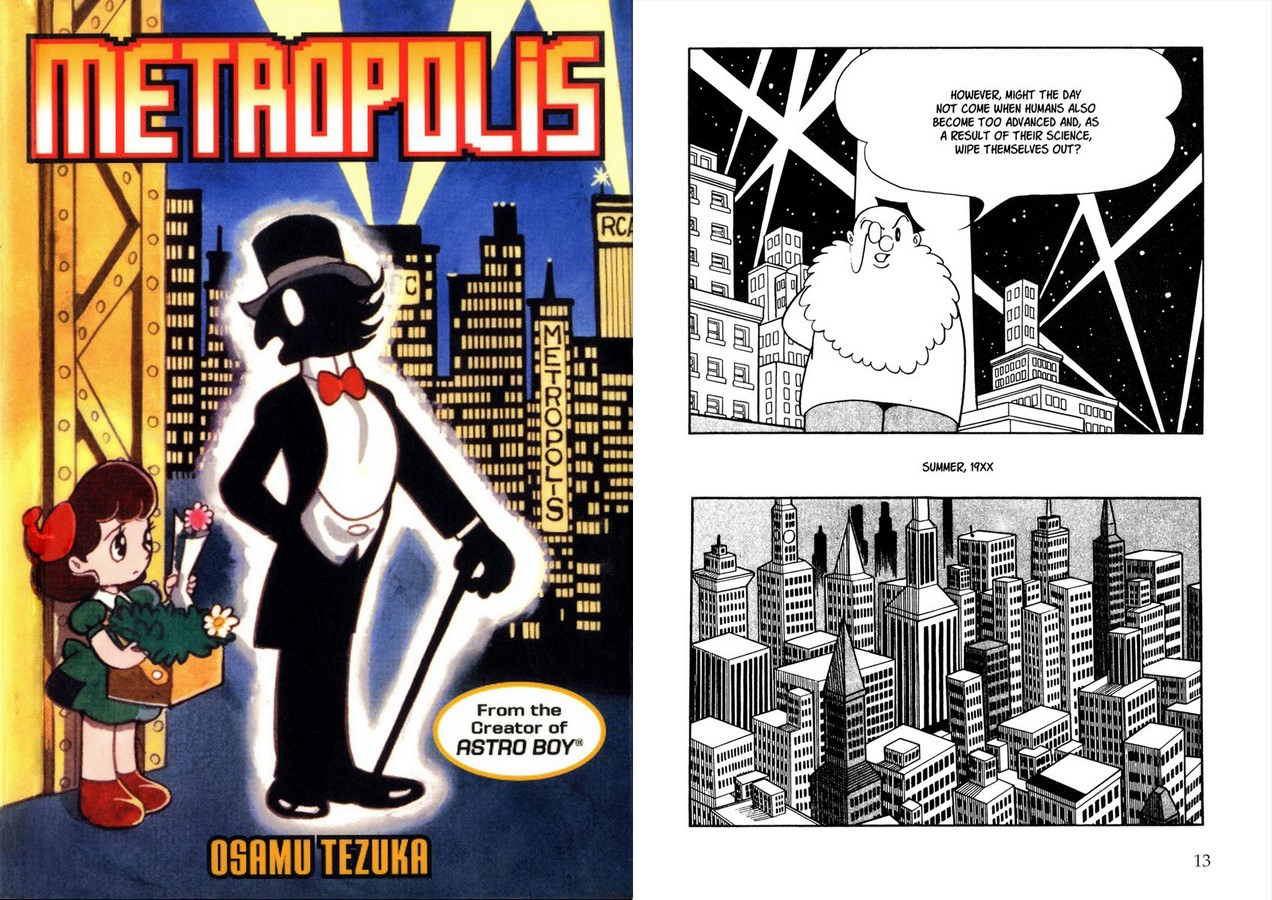
Metropolis is a prequel to Astro Boy, and it takes place shortly, with humans coexisting with their robot slaves. The manga explores what it means to be human in modern culture, drawing on concerns from the Cold War, which was still raging when Tezuka wrote Metropolis.
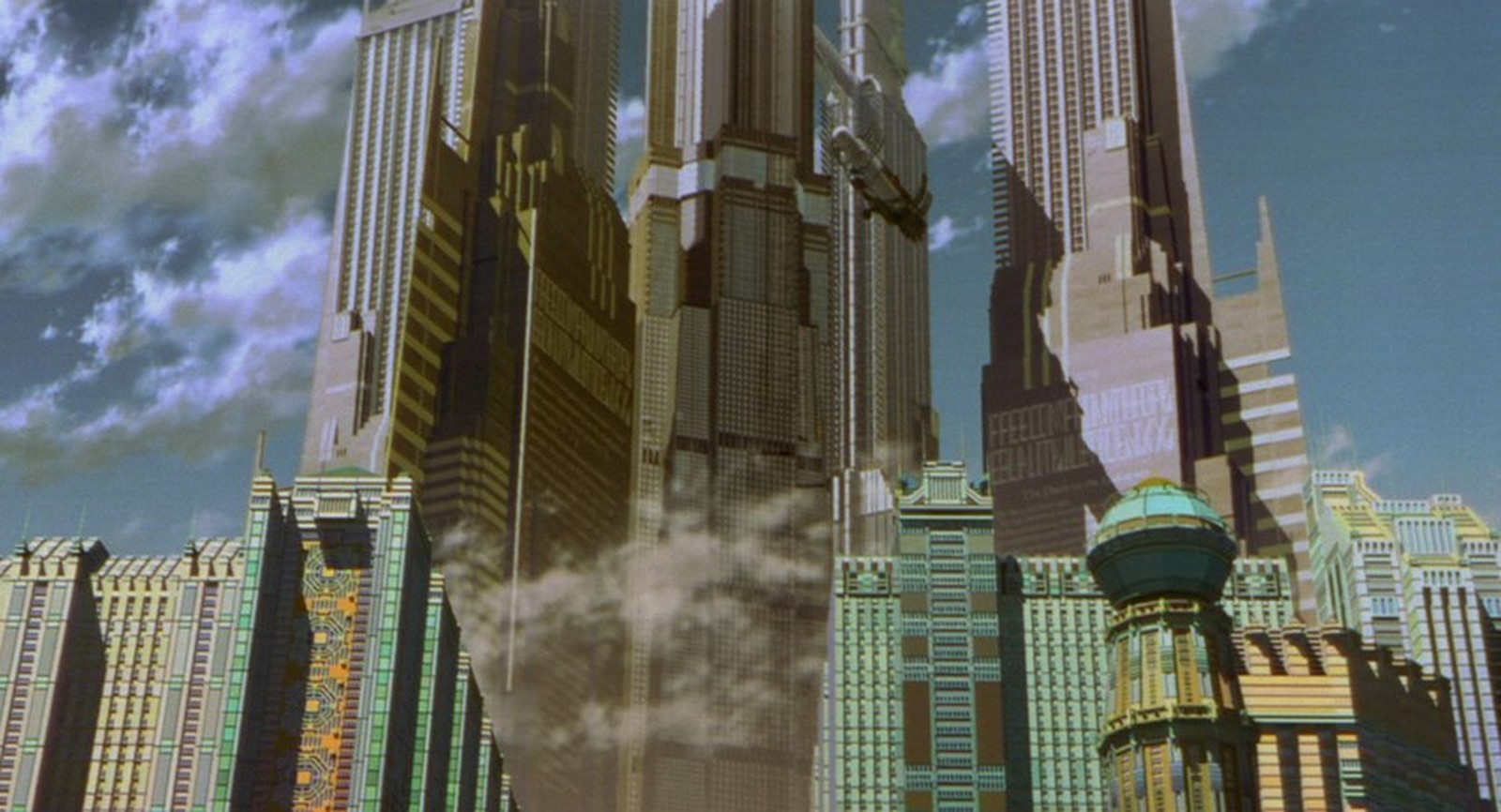
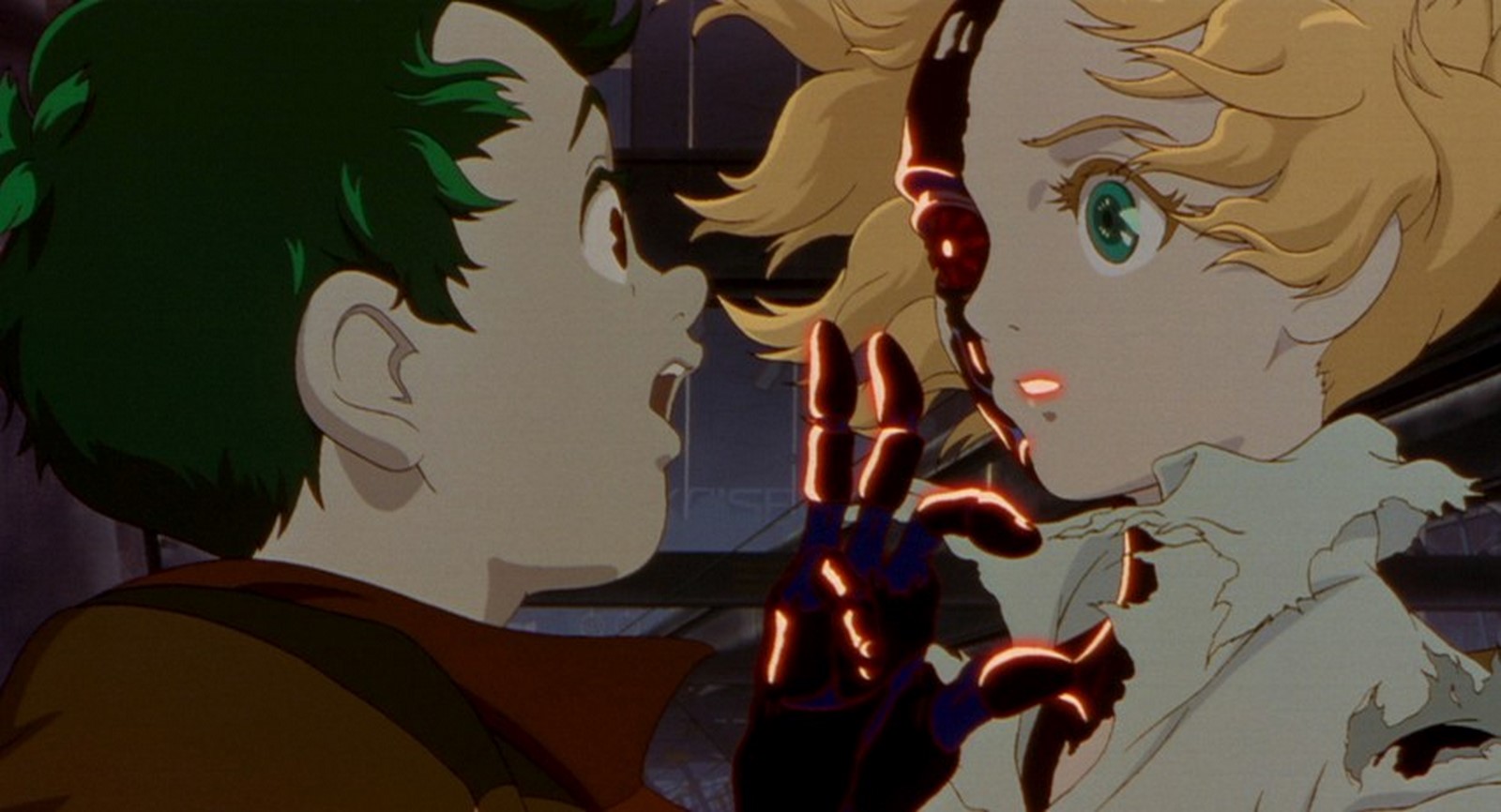
Tezuka’s metropolis tale is about people searching for their humanity in a more inhuman environment, regardless of whether or not they were human, to begin with. In a mega-city with towers pointing to the sky like an abstract sculpture, the proletariat squabbles in shantytowns below, while recycling robots clean the streets.
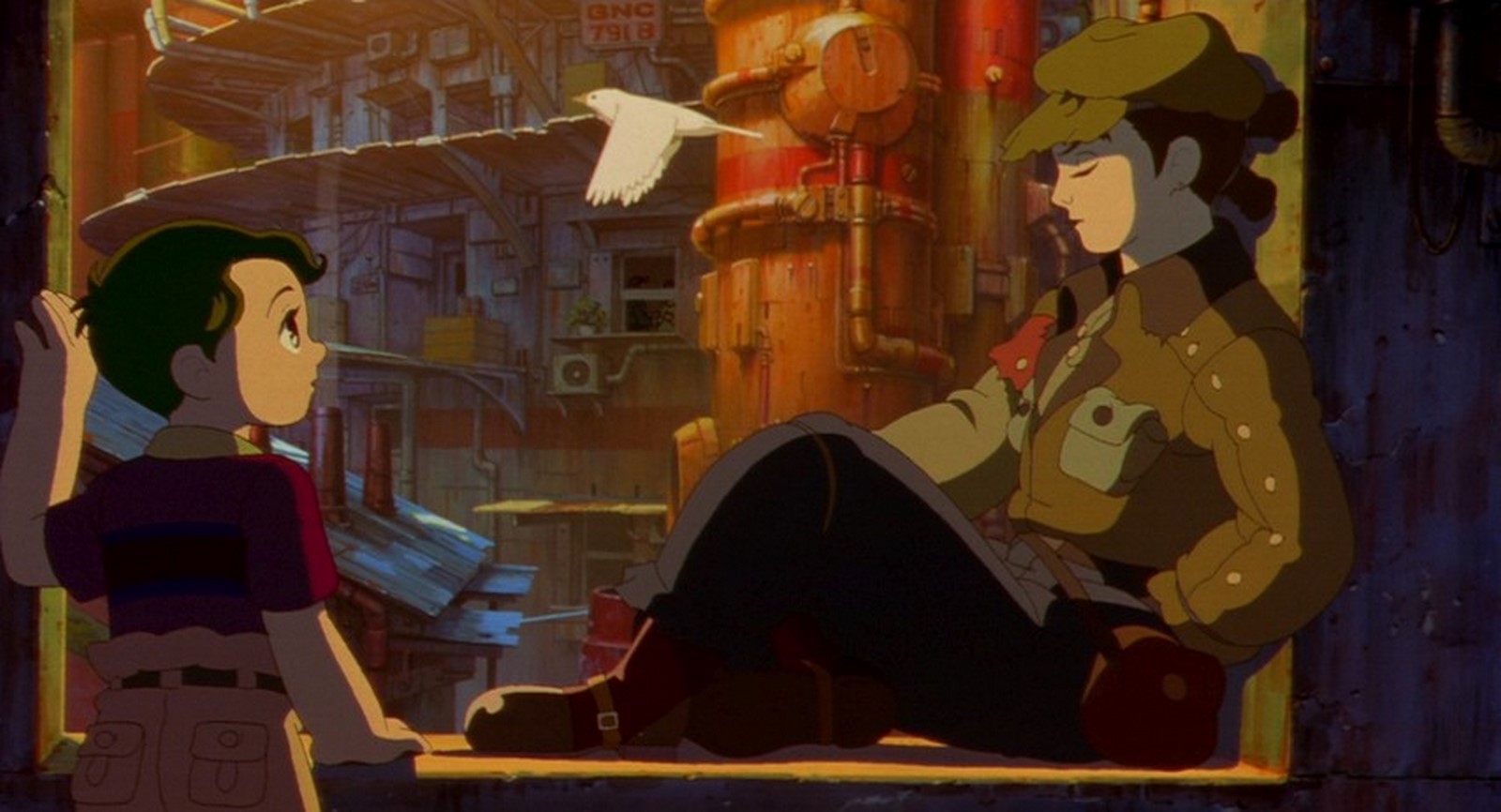
Barbara
![Barbara_©Tezuka Productions The Architecture of Osamu Tezuka's Barbara [Part 1] - Baroque Origami (weebly.com)](https://www.re-thinkingthefuture.com/wp-content/uploads/2022/06/A7169-A-look-into-the-anime-world-of-Osamu-Tezuka-Image-12.jpg?w=999)
![Barbara_©Tezuka Productions The Architecture of Osamu Tezuka's Barbara [Part 1] - Baroque Origami (weebly.com)](https://www.re-thinkingthefuture.com/wp-content/uploads/2022/06/A7169-A-look-into-the-anime-world-of-Osamu-Tezuka-Image-13.jpg?w=999)
Ancestor Dr. Ryoan | Osamu Tezuka
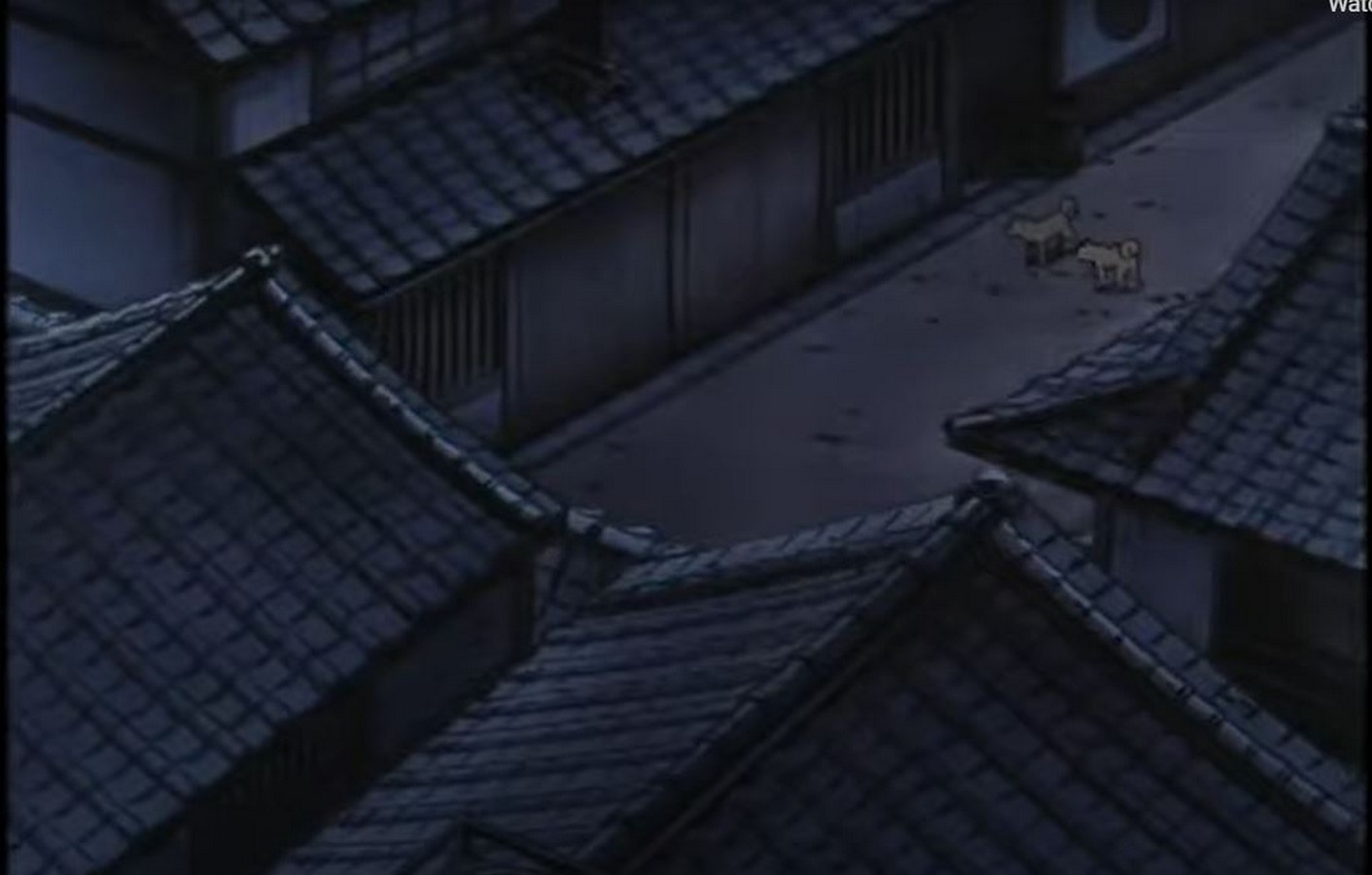
The narrative is set during the last days of the Tokugawa regime, one of Japan’s most dramatic eras, which explains the sorts of housing designs observed. Tatami flooring, sliding doors, and wooden verandas are all features of a traditional Japanese home or Minka. While modern dwellings differ widely, Japanese design has remained constant in terms of allowing residences to be efficient in terms of space usage.

References
1- Tezuka Osamu Official. About Osamu Tezuka. [online]. Available at: https://tezukaosamu.net/jp/. [Accessed: 07/06/2022].
2- Tezuka Osamu Official. Jumping. [online]. (June 1984). Available at: https://tezukaosamu.net/en/anime/72.html . [Accessed: 07/06/2022].
3- ‘Osamu Tezuka’s Metropolis’: Little Robot in The Big City (March 18, 2017). Ganriki: Japan seen anew. [online]. Available at: https://www.ganriki.org/article/metropolis-osamu-tezuka/. [Accessed: 07/06/2022].
4- Tezuka Osamu Official. Astro Boy. [online]. Available at: https://tezukaosamu.net/en/anime/30.html [Accessed date: 08/06/2022].
5- The Architecture of Osamu Tezuka’s Barbara. Baroque Origami. [online]. Available at: http://baroqueorigami.weebly.com/blog/the-architecture-of-osamu-tezukas-barbara-part-1 [Accessed date: 11/06/2022].
6- Tezuka Osamu Official. Ancestor Dr. Ryoan. [online]. Available at: https://tezukaosamu.net/en/anime/50.html [Accessed date: 11/06/2022].
7- Japan Society Film Blog . Interview with Osamu Tezuka: Talking About Experimental Animation. [online]. Available at: Interview with Osamu Tezuka: Talking About… – Japan Society Film Blog (tumblr.com) [Accessed date: 11/06/2022].


